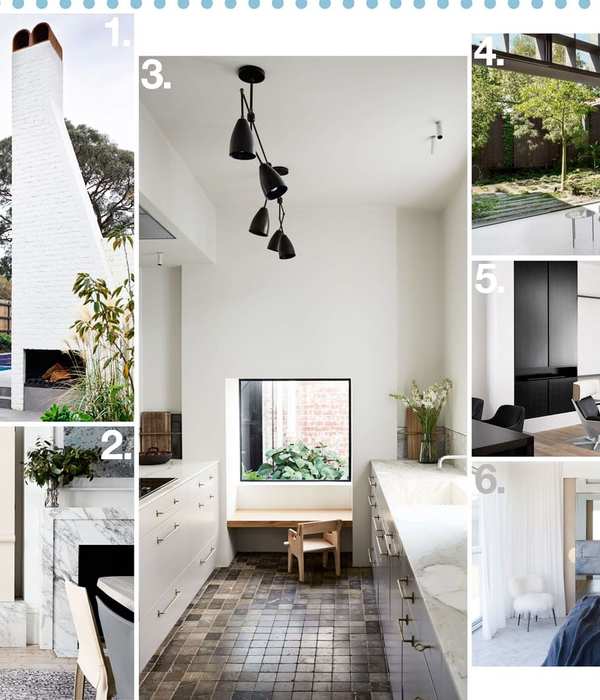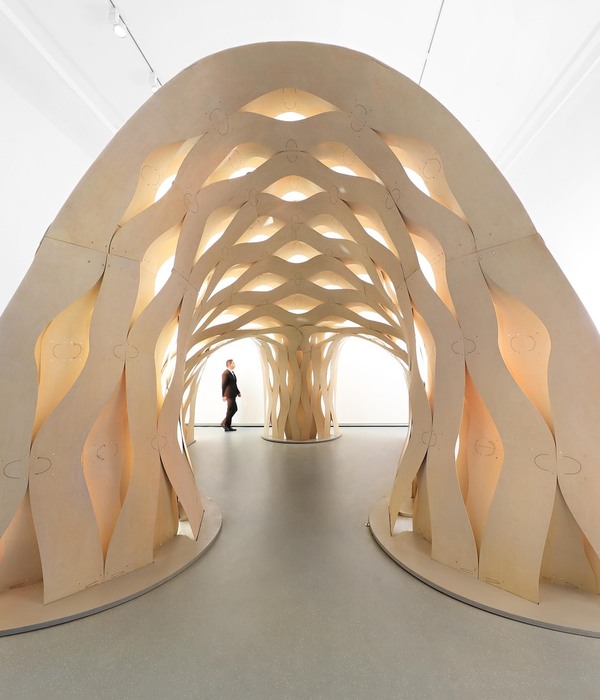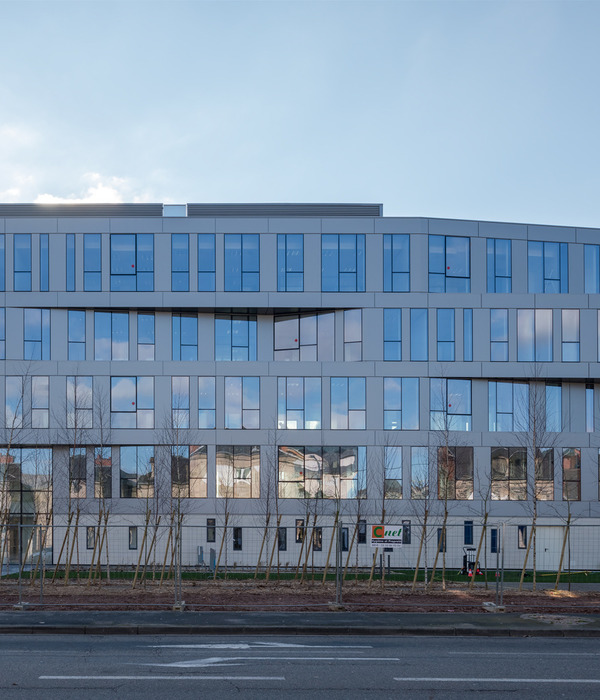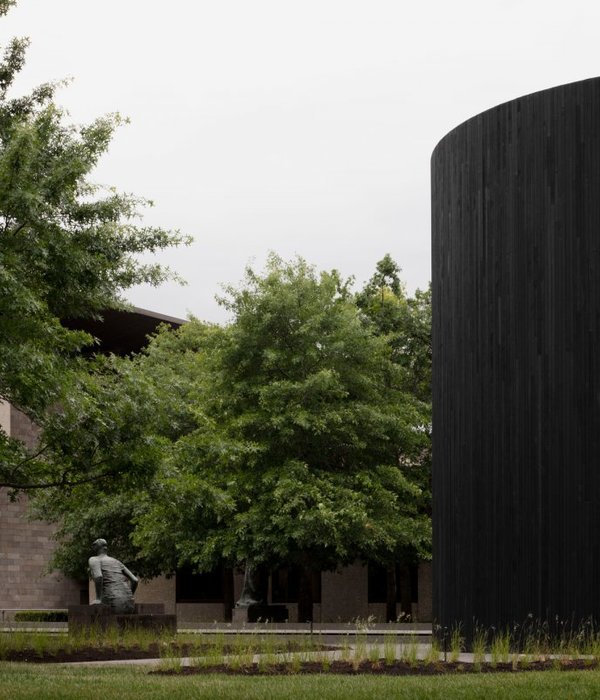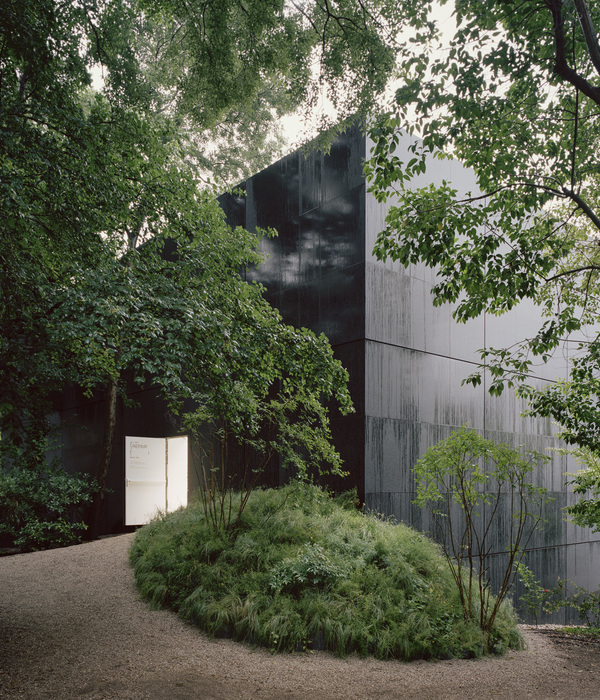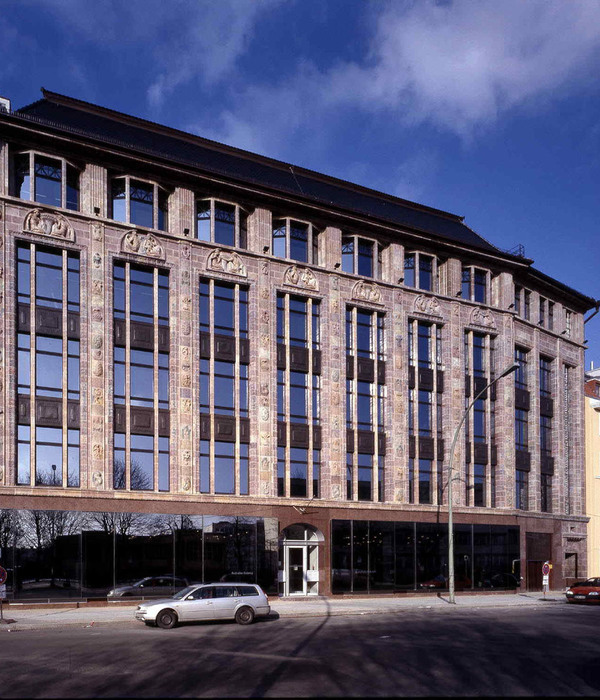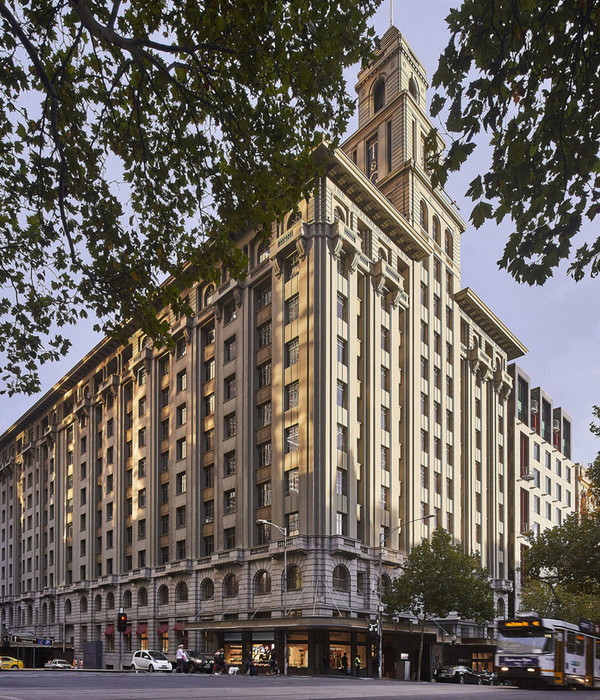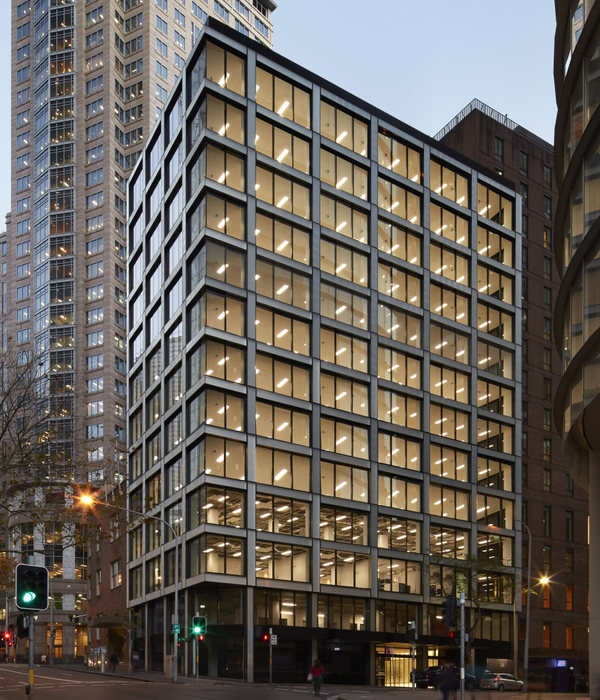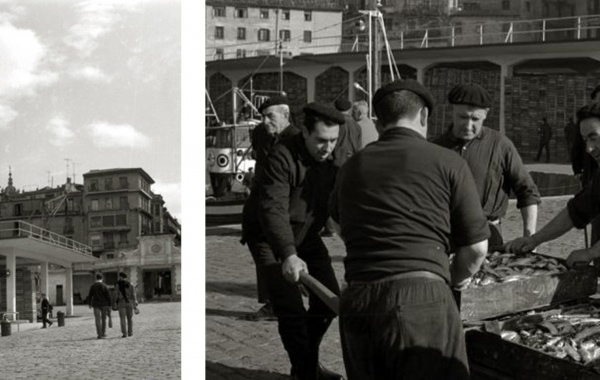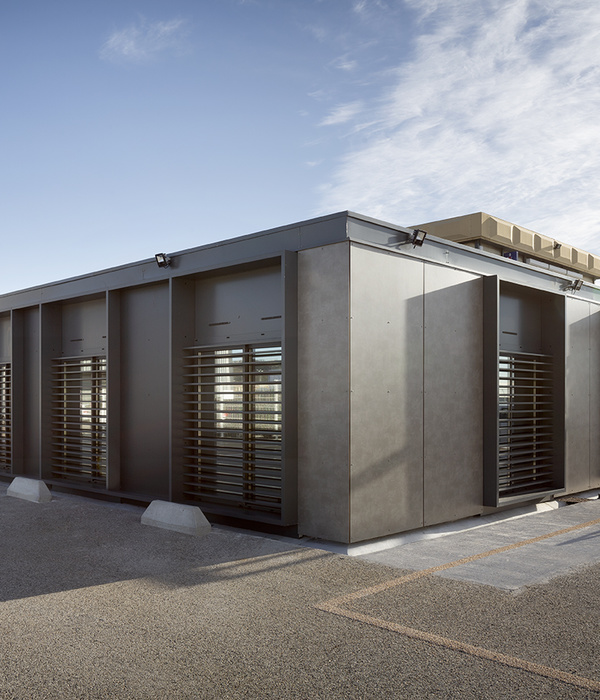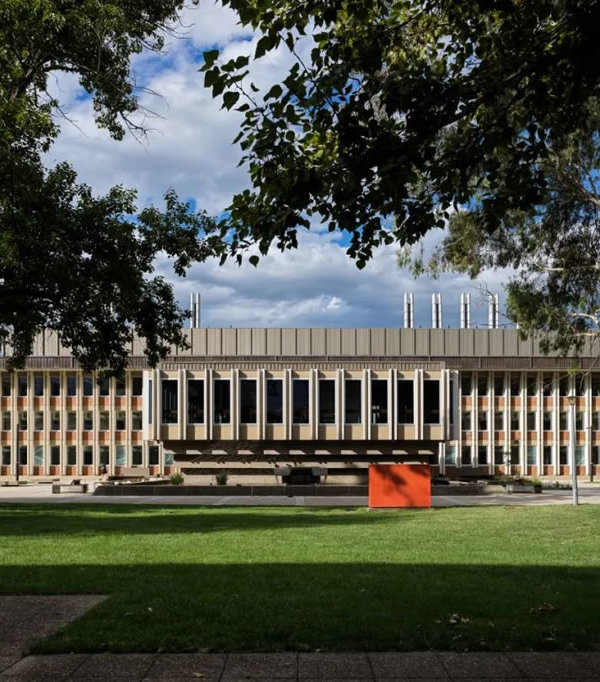今年荷兰设计周的中心主题是Get Set(准备,出发),它表明了一种思维方式的转变: 我们正在做好准备,是时候采取行动了,我们必须一起行动。 太阳能馆希望传达的信息是从 太阳能技术到太阳能设计的过渡。 Marjan van Aubel说太阳能需要一种新的、更个人化的视角,这是我们文化的一部分。这个展馆展示了太阳能能源可以通过一种新的方式体验和使用。 展馆是一种感官体验,在荷兰设计周期间,这里是诗意地体验太阳能采集的地方。
The central theme of Dutch Design Week this year is Get Set and indicates a shift in mindset: We’re bracing ourselves, it’s time to take action, and we have to do it together. The Solar Pavilion’s main argument is to transition from solar technology to solar design. Marjan van Aubel: Solar energy needs a new, more personal perspective that is part of our culture. This pavilion demonstrates that solar energy can be experienced and used in a new way. The pavilion is a sensory experience and, during Dutch Design Week, the place to poetically experience solar energy harvesting.
▼项目概览
,Overv
iew
从太阳能技术到太阳能设计
From solar technology to solar design
荷兰拥有极力从环境中获利的悠久历史,并以其善于设计解决方案在世界闻名。在我们 努力使我们居住的星球更加可持续发展的过程中,再加上我们对能源的渴望,屋顶和田野现在被发展用来制造太阳能能源。这一进程正与我们的城市与其景观持续性地产生越来越多的碰撞。
▼项目概念
,Concept of the project
The Netherlands has a long tradition of making the environment as profitable as possible and is known worldwide for its designed solutions. In our drive to make our planet more sustainable, combined with our energy hunger, rooftops and fields are now being used to generate solar energy. This approach increasingly clashes with our landscape and cities.
▼从广场望向项目
,V
iew from the square to the project
V8 Architects的Michiel Raaphorst说:“目前,能源只通过技术-功能的方式获取。我们探索如何将太阳能融入我们的日常生活,以便我们能够热爱并拥抱它。” 建造太阳能馆是 一个挑战,为此V8 Architects与十几方共同合作,Michiel Raaphorst同时说道, “展馆包含380块太阳能电池板,我们特意让所有的连接,电线和板材都清晰可见,这样参观者就可以看到它是如何运转的,与此同时,也使得展馆易于在设计周结束后拆卸。这即是结构的实用性。”
Michiel Raaphorst of V8 Architects: “Currently, energy is only harvested in a techno-functional way. We explore how to integrate the sun’s energy into our daily lives so that we can love and embrace it.’ Building the pavilion was a challenge, for which V8 Architects collaborated with more than a dozen parties. Raaphorst: “The pavilion incorporates 380 solar panels. We deliberately left all the connections, wires, and discs visible so that visitors could see how it works, and the pavilion is easy to dismantle. A practical view of the structure.”
▼380块太阳能电池板
,The pavilion incorporates 380 solar panels
▼太阳能电池板近景
,Detailed view of the solar panel
各方通过共同努力使展馆成为现实,因为他们都相信Marjan van Aubel的信息——现在是太阳能发展变革的时机了。方式也十分重要,尽早让各方参与到这个过程中,并给他们“破解”项目的空间,给予每个参与的人充分发挥其知识的信任,并相互支持。正是由于这种开放性,相信创新、合作,或曾有时经历过前进失意的各方才融合在一起。
All these parties worked together to realize the pavilion because they all believed in Marjan van Aubel’s message: the time is now for a solar revolution. The approach was also essential: Involving various parties in the process as early as possible and giving them room to “hack” a project gave everyone involved trust to use their knowledge and depend on others. It was only due to this openness that everything came together: parties who all believed in innovating, collaborating, and sometimes failing to move forward.”
▼在展馆内部望向顶部太阳能板
,Looking up the top solar panels
from the inside
故事的另一面是诗意的。光和热的产生,使得白天感受到的阳光也可以在晚上体验到。 Michiel Raaphorst说:“我们使用技术来表现一种自然现象,并从该自然现象本身中收获能量。因此,太阳能馆描绘了太阳的能量与协作。”
The other side of the story is poetic: the sensation of the sun you feel during the day can also be experienced at night due to the light and heat generated. Raaphorst: “We use technology to represent a natural phenomenon and harvest the energy for it from that natural phenomenon itself. So the Solar Pavilion depicts the sun’s energy and cooperation.”
▼项目夜景
,Night view of the project
▼构件示意
,Structure details
{{item.text_origin}}

